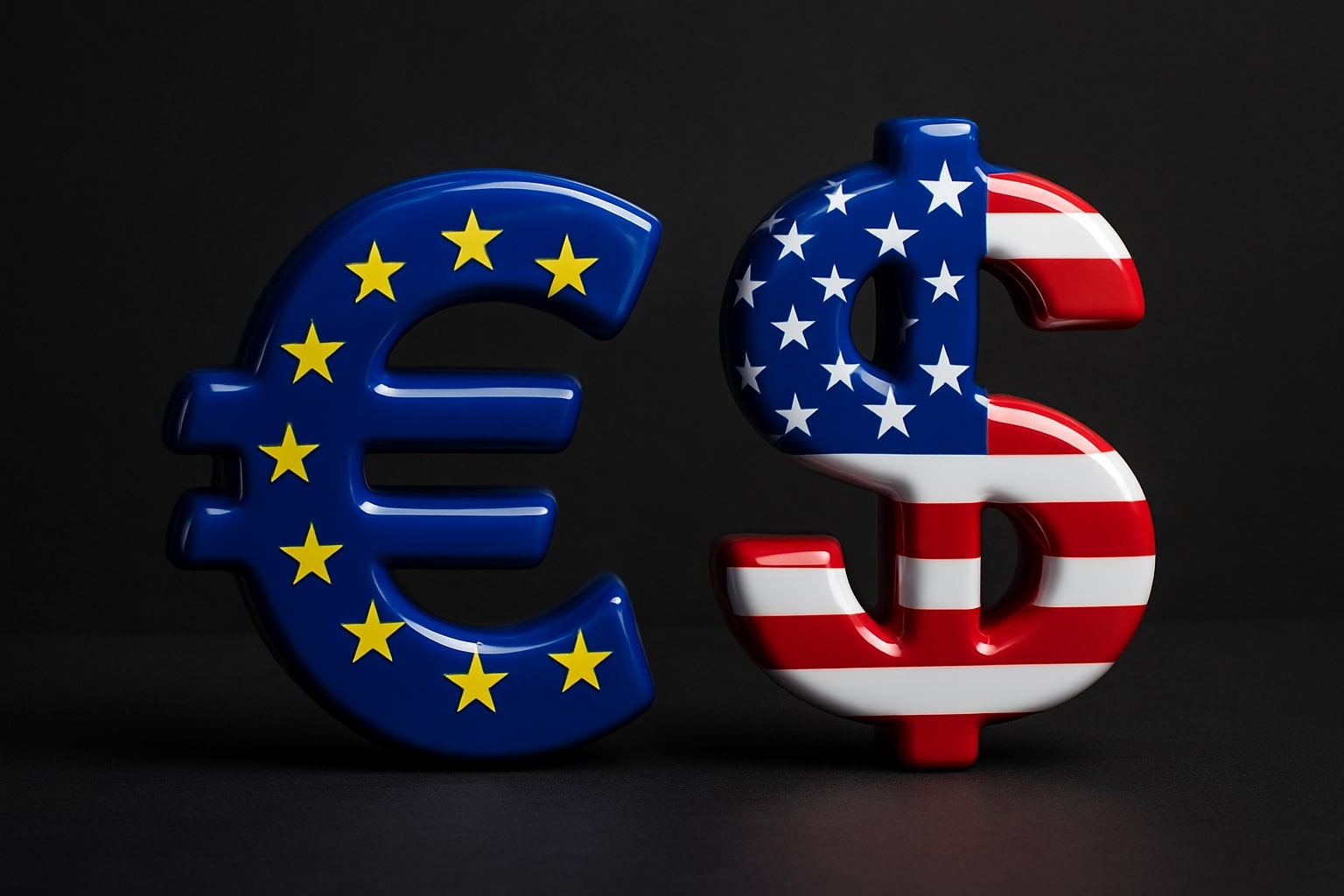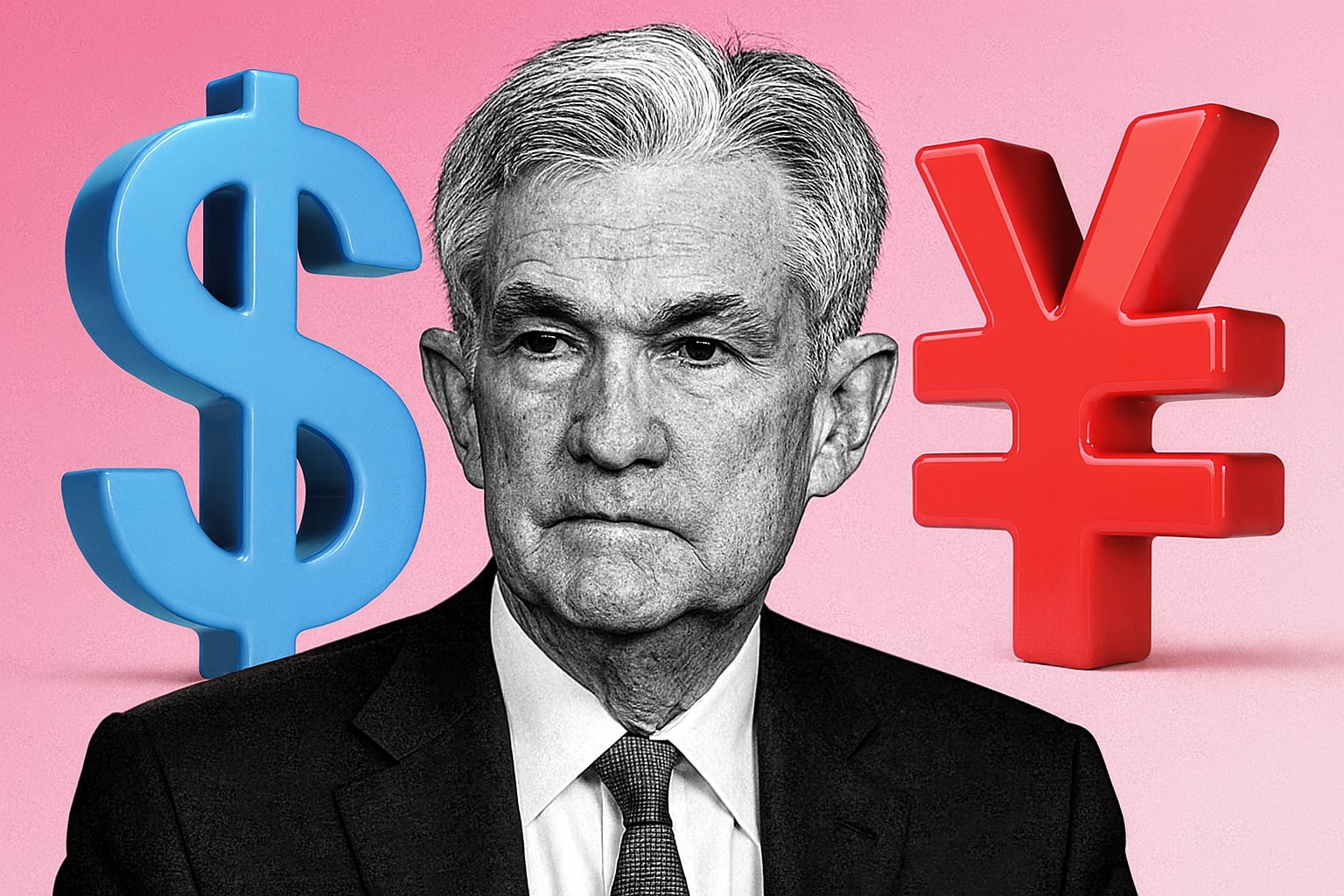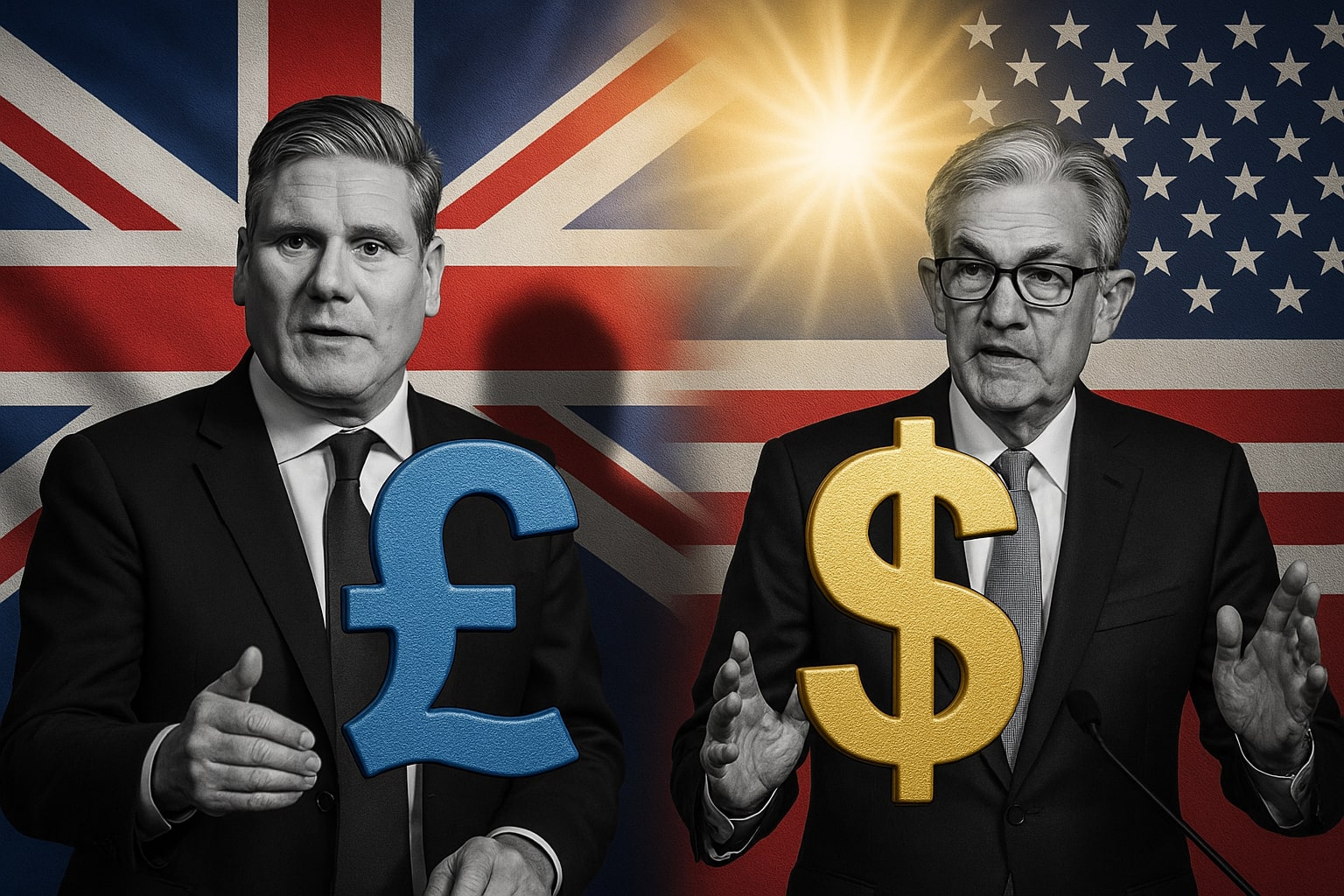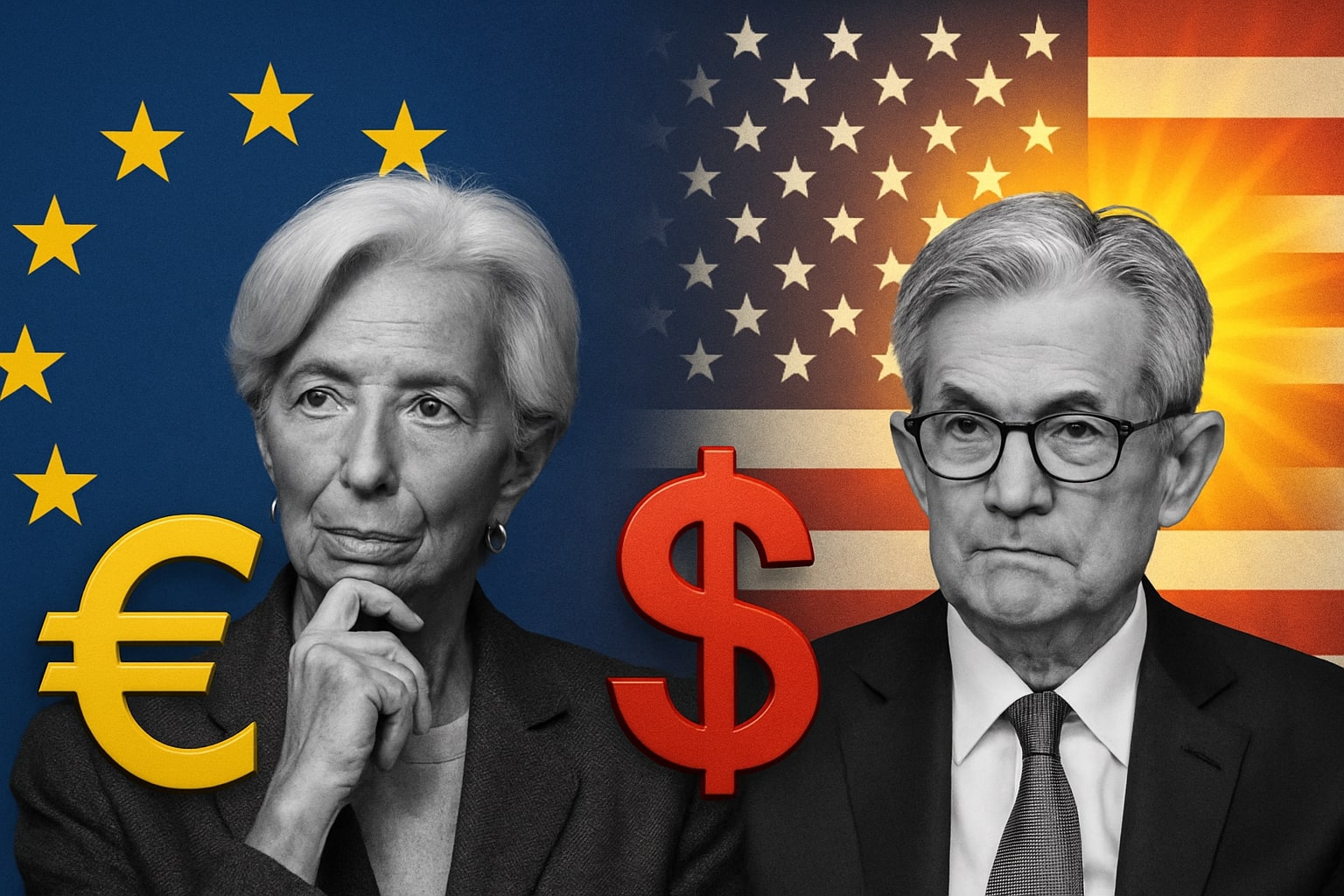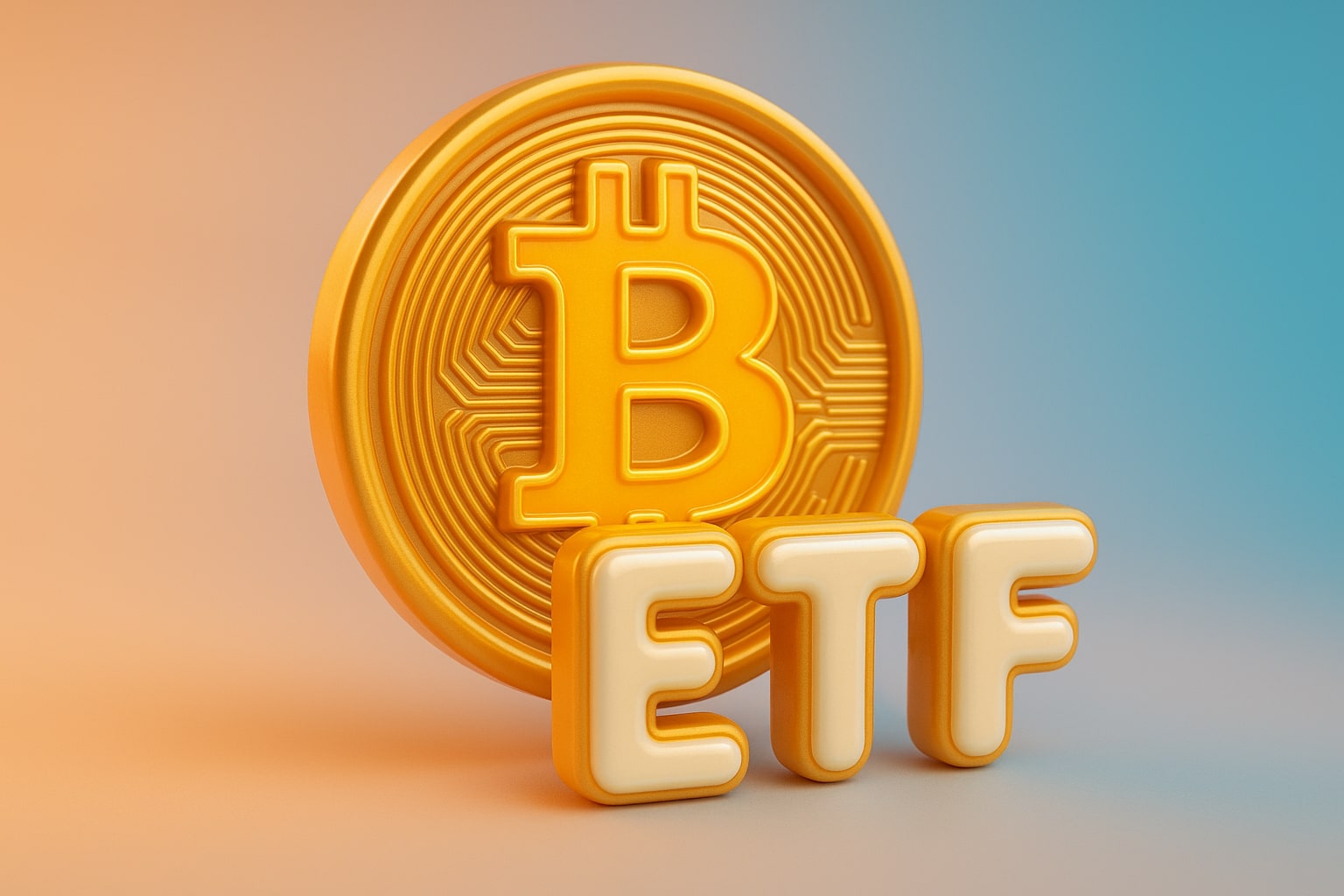EUR/USD Price Analysis: Pair Holds 1.1650 as Powell and Trade Pact Drive Sentiment
EUR/USD Technical Positioning and Critical Levels
The euro-dollar pair (EUR/USD) trades steady near 1.1650, consolidating after testing both support and resistance clusters across the 4-hour and daily charts. The currency has bounced from the 1.1593 floor, while resistance stands at 1.1684–1.1725, a zone repeatedly capping upside moves. A failure to push through that ceiling risks a reversal toward 1.1530 and potentially 1.1391, levels where past liquidity hunts have emerged. Technical momentum remains neutral to slightly bearish, with RSI printing near 47, the 50-EMA holding at 1.1655, and the 100-EMA just under at 1.1646. This confluence signals indecision, but the broader compression inside a descending triangle implies volatility is building ahead of Friday’s Powell remarks.
Federal Reserve Policy, Dollar Index, and EUR/USD Link
The U.S. Dollar Index (DXY) is consolidating around 98.30, supported by firmer July PPI data that cooled expectations for aggressive Fed easing. The CME FedWatch now prices an 83% probability of a 25bps cut in September, compared with near 100% last week. Markets also expect about 54 basis points of easing by year-end, which would bring the fed funds target toward 3.75%–4.00%. A dovish Powell could unlock euro upside as yield spreads narrow, but if he leans hawkish, EUR/USD could retest 1.1530–1.1500, where the broader trendline support lies. The inverse relationship is clear: Wednesday’s 0.39% rise in DXY coincided with EUR/USD slipping 0.32% intraday.
European Economic Backdrop and Trade Framework
Eurozone data has surprised to the upside. The preliminary HCOB Composite PMI for August rose to 51.1, beating the 50.7 forecast and improving from 50.9 in July. Manufacturing returned to expansion at 50.5, while services held at 50.7, just above the neutral 50 line. This suggests a fragile but broad-based recovery across the bloc. Political momentum has also bolstered sentiment: the newly announced US–EU trade pact caps most tariffs at 15%, while the EU committed to purchase $750 billion in U.S. energy and $40 billion in AI chips by 2028. In return, European firms pledged $600 billion in U.S. investments, particularly in technology and industrial sectors. This agreement stabilizes trade expectations and offers medium-term support for the euro, mitigating some of the drag from prior tariff disputes.
U.S. Labor Market and Growth Concerns
Across the Atlantic, data painted a weaker picture. Initial jobless claims climbed to 235,000, the highest in eight weeks, while continuing claims reached 1.97 million, signaling softening labor conditions. The Philadelphia Fed’s August index dropped to -0.3, reversing from July’s 15.9 reading, with new orders sinking into contraction at -1.9. Inflationary pressures, however, remain persistent: the prices paid index jumped to 66.8, its strongest since mid-2022. This combination of slowing growth and sticky prices complicates Fed policy, explaining why Powell’s Jackson Hole speech is now the most anticipated event of the quarter. Traders expect confirmation of at least one cut by September, but the tone will decide whether EUR/USD can break higher or remain capped.
Institutional and Insider-Style Signals
While currencies lack traditional insider trading, reserve management from central banks functions in a similar way. Data shows the ECB’s Balance of Payments recorded foreign inflows of nearly €236 billion into eurozone debt and equities in May and June, underscoring overseas demand for European assets. This “insider-like” allocation provides structural support for the euro, much as corporate insider buying underpins stock confidence. On the U.S. side, political pressure on Fed officials, including Trump’s call for Governor Lisa Cook to resign, has raised questions about central bank independence, creating a risk premium that indirectly benefits EUR/USD by undermining dollar credibility.
Long-Term Outlook and Forecasts
Major institutions project further euro strength into 2026. UBS expects EUR/USD to approach 1.25, arguing that Fed easing combined with European fiscal expansion will close the growth gap. Germany’s upcoming spending package and EU defense commitments are likely to reinforce pro-growth flows into the euro. However, risks remain: prolonged U.S. inflation could delay Fed cuts, while energy shocks from renewed geopolitical escalations could undercut European recovery. For now, the pair’s medium-term bias remains bullish above 1.1500, with any decisive break over 1.1725 opening the path toward 1.1830–1.20. Below 1.1530, sentiment would turn bearish, with scope down to 1.1391.
Decision on EUR/USD: Buy, Sell, or Hold
Given the technical compression near 1.1650, supportive Eurozone data, and U.S. labor weakness, EUR/USD shows more upside potential if Powell confirms easing. A dovish Jackson Hole outcome could propel the pair toward 1.1750–1.1830, while a hawkish stance risks a slide back to 1.1530. With strong demand zones below and favorable European trade momentum, the balance of evidence supports a Hold with a bullish tilt, anticipating breakout opportunities once Powell sets the tone.














